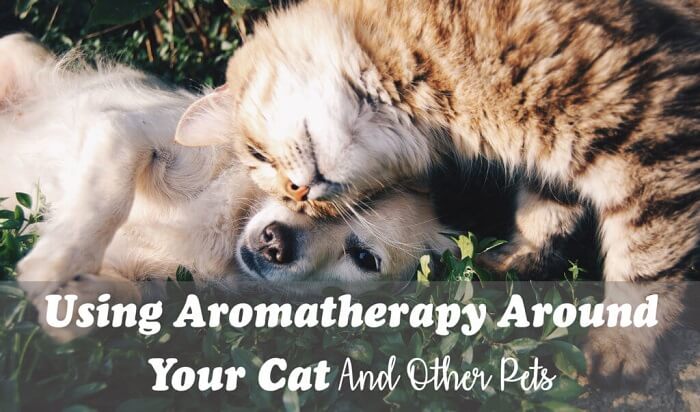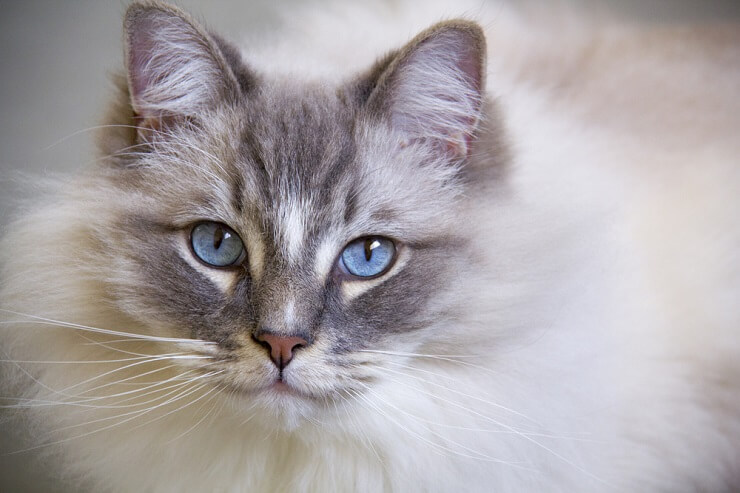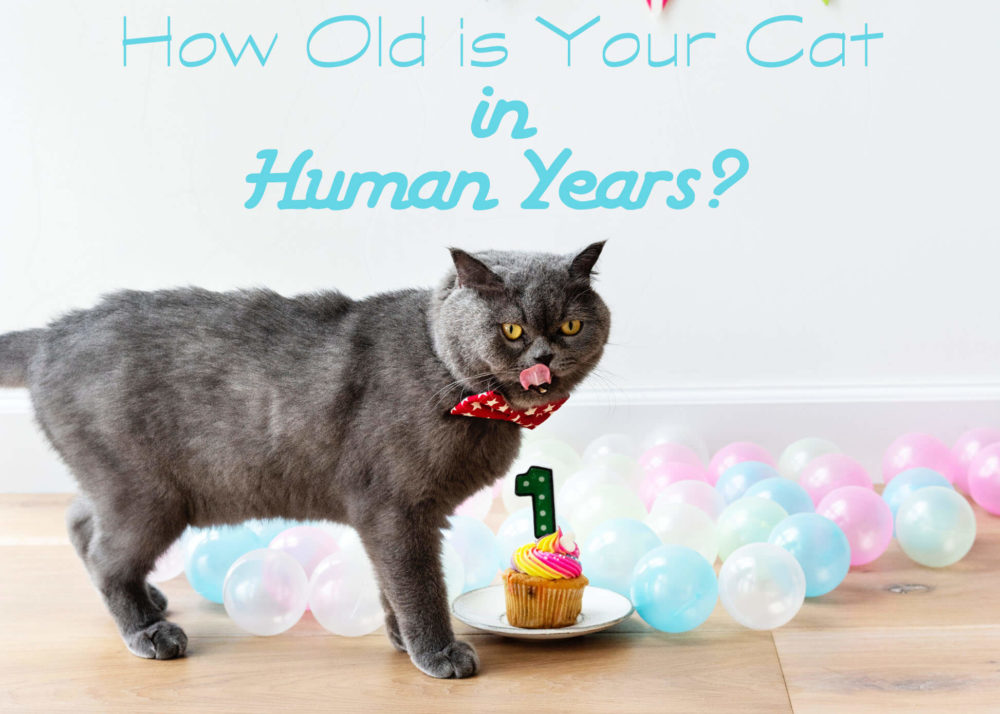Using Aromatherapy Around Your Cat And Other Pets
This page contains affiliate links. We may earn money or products from the companies mentioned in this post through our independently chosen links, which earn us a commission. Learn More

Aromatherapy is becoming more popular in the mainstream and more people are using essential oils in the home.
Unfortunately, it does not always have a positive affect on cats and other pets. Some experts say not to use them at all, while others suggest limited use.
Veterinarians have safely and successfully used aromatherapy with cats in specific clinical situations, but discourage home use due to risk factors such as the chemical composition and/or the quality of the oils.
There have been many reports of animals harmed and even dying from essential oils.
Tea Tree has received a bad rap lately, most likely stemming from the fact that it is so widely available.
Pet owners with good intentions have used this oil to treat skin problems such as bites and scratches, only to end up at the veterinarian’s office with an animal exhibiting signs of toxicity.
While more people turn to a natural lifestyle for them and their pets, companies are jumping to cash in as well.
Thousands of home products include essential oils in their ingredients and pet products are no different. The average pet owner is not aware of the dangers and should only use products with essential oils making up no more than 1% of the product. Another option is hydrosols, also known as “flower waters”.
They are produced by distilling fresh leaves, fruits, flowers, and other plant materials. With similar therapeutic properties to essential oils, these aromatic waters are much less concentrated.
Their aromas are often soft and subtle when compared to their essential oil counterpart. These aromatic products usually have a scent similar to their essential oil, but are much safer.
Cats
Many products for cats contain essential oils. Many cat owners are unaware that exposure to these products maybe building up toxins in their cats system, causing a slow onset of organ failure. A cat’s liver cannot process toxins as well as a humans and the chemical constituents of the oils. Penny-royal oil is a product widely used for flea control.
This oil was historically used to terminate pregnancies in humans and considered a toxin to the liver and the kidneys. It has been known to have the same effect on cats. Not exactly a strong selling point but is very good at keeping fleas and other pests at bay.
While not all cats may react negatively to all essential oils, exercise caution and watch your kitty for subtle changes in eating habits and behavior.
Other Pets
Birds are known to be sensitive to scents and particles in the air and essential oils are no different. There have been many cases of avian poisoning, including a well-meaning cockatiel owner who applied a drop of Tea Tree oil to her birds injured foot.
The bird became depressed and after seeing the veterinarian, died within 24 hours from respiratory failure. Even diffusing essential oils around a bird can produce dire consequences.
For dogs, essential oils may be used with caution, from bathing to calming the nerves through diffusion. But take note:
- Closely watch a dogs reactions. Excessive scratching, sniffing, nervousness or whining are all signs to watch for.
- Always dilute the oils. An acceptable dilution is 25% of the adult human formula.
- Giving essential oils internally is not recommended.
- Do not use any oils on puppies under 8 weeks and small or toy breeds under 10 weeks.
- What is good for a large dog is not good for a small dog. Size matters and less is definitely more when working with oils, for animals or humans.
- Sick, frail, older, or pregnant dogs have special considerations, just as in humans. Do not administer the same dose to them as you would to a healthy animal of the same size.
- Never use oils near the eyes, mouth, nose, or genital area.
For smaller animals, such as hamsters, guinea pigs, and rabbits, hydrosols (or flower waters) maybe a better option, at a 50% dilution of what is used for cats.
Fish cannot tolerate oils or floral waters. The oils, not being water-soluble, would end up sticking to the fish, causing a host of problems, up to and many times, including death. Hydrosols each have their own pH levels and have the possibility of wreaking havoc on the pH levels within the tank which can cause harm to the fish.
Conclusion
It is always recommended to do you research on a product before exposing it to your cat or other pets. There are several books that can provide more information on natural lifestyles and healing therapy for your pets. A popular choice is New Choices in Natural Healing for Dogs & Cats by Amy Shojai.



